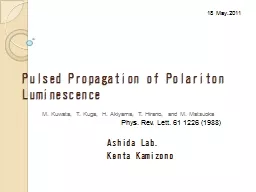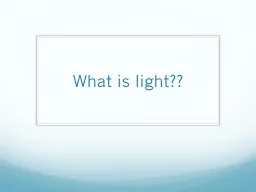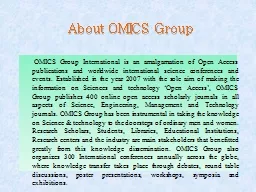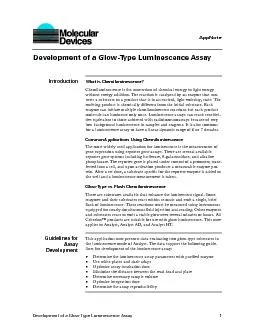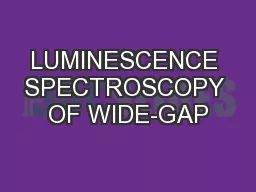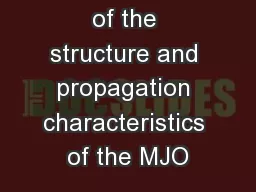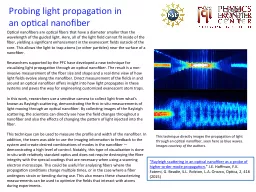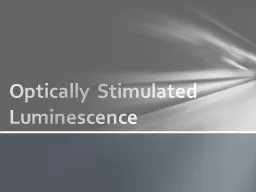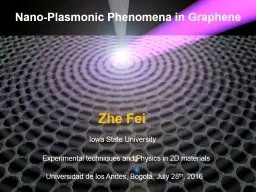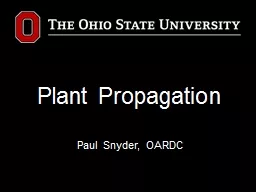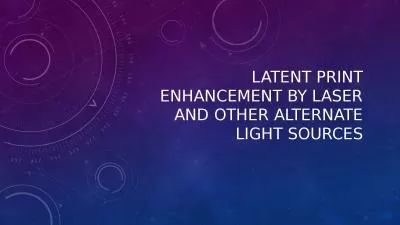PPT-Pulsed Propagation of Polariton Luminescence
Author : debby-jeon | Published Date : 2016-05-25
Ashida Lab Kenta Kamizono M Kuwata T Kuga H Akiyama T Hirano and M Matsuoka Phys Rev Lett 61 1226 1988 18 May2011 Contents Introduction Exciton Background
Presentation Embed Code
Download Presentation
Download Presentation The PPT/PDF document "Pulsed Propagation of Polariton Luminesc..." is the property of its rightful owner. Permission is granted to download and print the materials on this website for personal, non-commercial use only, and to display it on your personal computer provided you do not modify the materials and that you retain all copyright notices contained in the materials. By downloading content from our website, you accept the terms of this agreement.
Pulsed Propagation of Polariton Luminescence: Transcript
Download Rules Of Document
"Pulsed Propagation of Polariton Luminescence"The content belongs to its owner. You may download and print it for personal use, without modification, and keep all copyright notices. By downloading, you agree to these terms.
Related Documents

